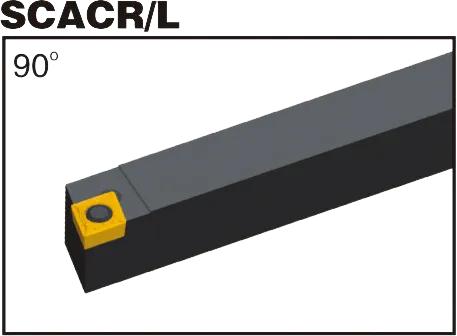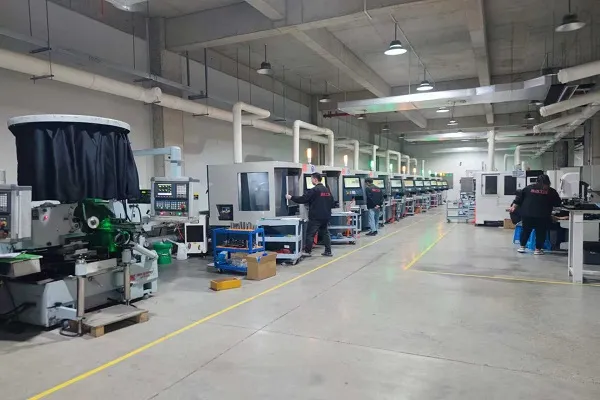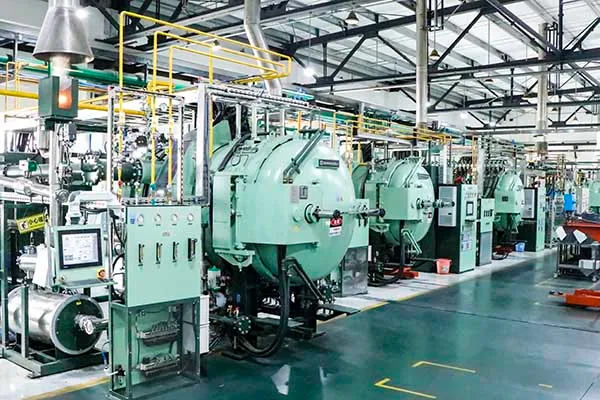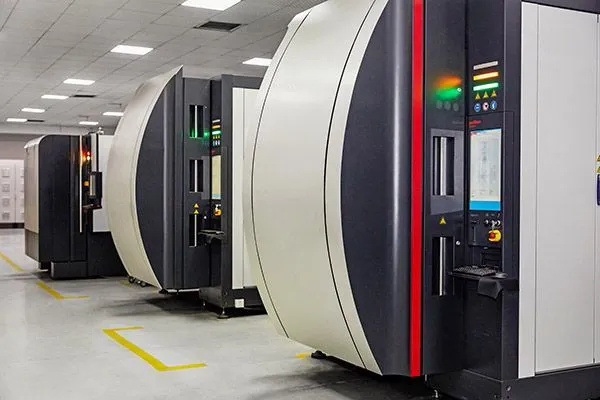

Inserto CCMT
Ángulo de inserción CCMT:7° Inserción de rastrillo positivo con rompevirutas unilateral;
Plaquita de torneado rómbico 80°;
Especificaciones de las plaquitas CCMT: CCMT060204/CCMT09T304/CCMT09T308/CCMT090308/CCMT1204;
Recomendado para acero, acero inoxidable, hierro fundido, aleación resistente al calor;
Aplicación del rompedor: Semiacabado, acabado, uso general y torneado en bruto;
Portaherramientas de torneado de plaquitas CCMT a juego: SCACR/L, SCLCR/L, SCFCR, SCLCR;
Material : Carburo de tungsteno
Grado: Tanto PVD como CVD;
Portaherramientas de inserción CCMT


Inserción CCMT Introducción:
Insertos CCMT: Lo esencial
- Forma: Rómbico (diamante) con un ángulo incluido de 80 grados.
- Ángulo de despeje: 7 grados (positivo)
- Bordes cortantes: Doble cara, ofrece dos filos de corte por inserto para una mayor rentabilidad.
- Geometrías rompevirutas: Existe una amplia gama de modelos de rompevirutas de distintos fabricantes. Se adaptan a materiales y operaciones de mecanizado específicos (desbaste, acabado, etc.).
- Usos clave: Ideal para operaciones de torneado, refrentado y perfilado en diversos materiales.
Materiales comunes para los que se utilizan los insertos CCMT
- Aceros: Diversas calidades de acero, incluidos aceros al carbono y aleados.
- Aceros inoxidables: Las plaquitas CCMT pueden mecanizar diferentes tipos de acero inoxidable.
- Hierro fundido: Adecuado para muchas aplicaciones de hierro fundido.
- Algunas aleaciones de alta temperatura: Según la aleación y el grado específicos.
Ventajas de los insertos CCMT
- Rentable: Gracias a su diseño de doble cara y a su amplia disponibilidad.
- Versátil: La gama de calidades y rompevirutas las hace adecuadas para muchas aplicaciones de mecanizado.
- Buen control del chip: Los rompevirutas bien diseñados garantizan un flujo eficaz de las virutas y protegen la pieza de trabajo, la herramienta y la máquina.
- Ángulo de inclinación positivo: Esto favorece un corte eficaz y reduce las fuerzas de corte en muchos materiales.
Consideraciones importantes
- Adecue el grado a su material: Elegir el recubrimiento de la plaquita y la composición del sustrato adecuados es crucial para una vida útil y un rendimiento óptimos de la herramienta en el material específico que esté cortando.
- Seleccione el rompevirutas adecuado: La geometría del rompevirutas influye considerablemente en la formación y la rotura de las virutas. Debe elegirse en función del material y del tipo de operación de mecanizado.
- Rigidez de la máquina: Asegúrese de que su máquina tiene suficiente rigidez y potencia para soportar las fuerzas de corte que pueden generar las plaquitas CCMT,
Dimensiones del inserto CCMT (ISO)
| TIPO | DIAMENSIONES DE LOS INSERTOS CCMT(mm) | ||||
|---|---|---|---|---|---|
| LE | IC | S | DI | RE | |
| CCMT060204 | 6.4 | 6.35 | 2.38 | 2.8 | 0.4 |
| CCMT060208 | 6.4 | 6.35 | 2.38 | 2.8 | 0.8 |
| CCMT09T304 | 9.7 | 9.525 | 3.97 | 4.4 | 0.4 |
| CCMT09T308 | 9.7 | 9.525 | 3.97 | 4.4 | 0.8 |
| CCMT120404 | 12.9 | 12.7 | 4.76 | 5.56 | 0.4 |
| CCMT120408 | 12.9 | 12.7 | 4.76 | 5.56 | 0.8 |
| CCMT120412 | 12.9 | 12.7 | 4.76 | 5.56 | 1.2 |
Ejemplo: CCMT 09T308
- 09: Círculo inscrito (CI) de 9,52 mm (aprox. 0,375 pulgadas)
- T3: Grosor de 3,18 mm (aprox. 0,125 pulgadas)
- 08: Radio de esquina de 0,8 mm (aprox. 0,031 pulgadas)
Dimensiones clave
Círculo inscrito (CI): El diámetro del círculo más grande que cabe en el inserto. Los tamaños de CI más comunes son:
- 6,35 mm (0,25″)
- 9,52 mm (0,375″)
- 12,7 mm (0,5″)
Grosor: Influye en la resistencia de la plaquita y en el número de filos de corte utilizables. Los espesores más comunes son:
- 1,58 mm (0,062″)
- 3,18 mm (0,125″)
- 4,76 mm (0,187″)
Radio de esquina: Afecta al acabado superficial y a la resistencia en el filo de corte. Los tamaños más comunes son:
- 0,2 mm (0,008″)
- 0,4 mm (0,016″)
- 0,8 mm (0,031″)
La ciencia de las plaquitas de metal duro: Cómo se fabrican y por qué son tan resistentes
Las plaquitas de metal duro son unas de las herramientas de corte más versátiles y duraderas que existen. Pero, ¿cómo se fabrican? ¿Y qué las hace tan resistentes? En este vídeo, exploraremos la ciencia que hay detrás de las plaquitas de metal duro, desde las propiedades del carburo de tungsteno hasta el proceso de fabricación.
Nuestra capacidad de producción










